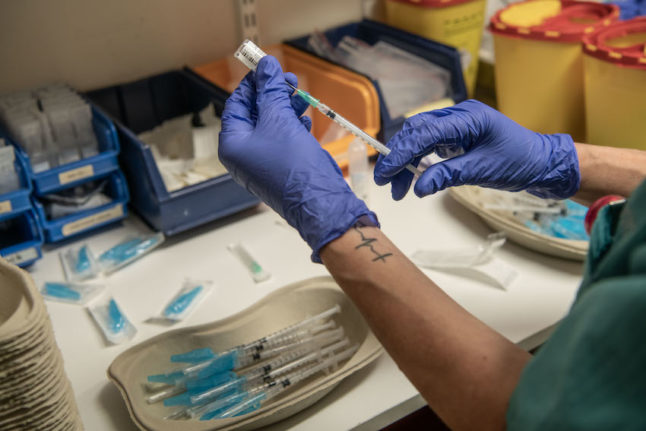That continues the trend of high infection numbers seen daily since last week, with over 400 new infections in each of the last seven days.
Denmark registered 3,486 new infections between September 1st and September 15th, bringing its weekly average at the time to 30.02 infections per 100,000 citizens.
Recent days have regularly seen well in excess of over 400 cases, with the highest figure so far being 589 on Sunday September 19th. The highest daily total recorded during the spring was 408 on April 8th.
It is important to note that testing is far more widespread now than during the original wave in the spring.
However, Danish hospitalisations with Covid-19 are also increasing. Tuesday saw that figure rise by 4 to 79. At the beginning of the month, on September 2nd, that number stood at 15. By the end of last week, on September 18th, it had climbed to 58 and has therefore increased by a further 21 over the subsequent 4 days.
The daily totals come from infectious disease agency State Serum Institute, which also reports that there are currently 14 people in ICU care in Denmark with Covid-19. Five are receiving ventilator treatment.
To counter the surge in cases, bars and discos across Denmark are now required to close at 10pm, while several other restrictions and recommendations have been brought into effect.
READ ALSO: Early closing times nationwide: These are Denmark's new Covid-19 measures
Despite the apparently grim reading for which these figures make, there may be some fragile signs of improvement.
The virus is currently spreading in Denmark less quickly than earlier in September, according to health minister Magnus Heunicke.
In a social media post, Heunicke wrote that Denmark’s reproduction rate for Covid-19 has fallen from 1.5 to 1.3.
Kontakttallet for smittede er faldet fra 1,5 til 1,3. Smitten stiger altså fortsat, men i lavere tempo. Vi skal under 1, før kurven knækkes. Vi har iværksat en række målrettede tiltag for at bringe smitten ned. Sammen knækker vi kurven ?#COVID19dk pic.twitter.com/L02IxQbfmP
— Magnus Heunicke (@Heunicke) September 22, 2020
This means that each infected person on average currently infects on average 1.3 others over the course of their illness.
If the reproduction rate is above one, that means the number of infected in a society will grow. If it is slightly below, the number will decline.
“Infections are still increasing, but at a lower rate,” Heunicke tweeted.
“We must get under 1 for the curve to be broken. We have set in motion a series of measures to bring infections down. Together, we’ll break the curve,” he added.
“These are small movements – fortunately movements in the right direction – but it is far too early to conclude anything,” he said in further comments to newswire Ritzau.
READ ALSO: Danes praised for hygiene but not good at limiting contacts during coronavirus crisis



 Please whitelist us to continue reading.
Please whitelist us to continue reading.
Hi,I enjoy reading your newspaper and became a member recently however i don´t see much news on Danish politics. May i request you to please add that.
thank you